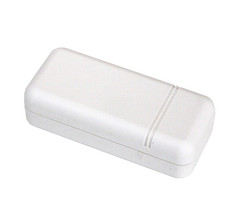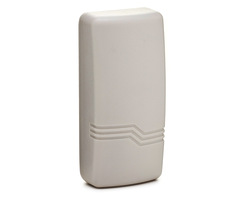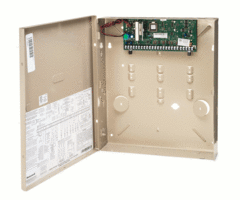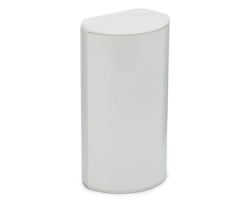Introducing the "Privacy When Disarmed" Feature for Total Connect 2.0 HD Cameras
Posted By Michael GorisHi DIYers! We've learned that a new update to Total Connect 2.0 lets users enable a "Privacy When Disarmed" feature on their HD Cameras. This prevents the cameras from recording and capturing video clips while the system is Disarmed. It will then operate as normal when the system is Armed.
 |
 |
 |
The Privacy When Disarmed feature is great for users who don't want to be bombarded with notifications that appear when their camera activates while they are around. This feature will automatically put the camera into Privacy Mode whenever the system is Disarmed. Once the system is Armed, the camera will exit Privacy Mode and begin operating normally. Many users don't need their camera to record and capture clips while their system is Disarmed, but having to go in and manually toggle the Privacy Mode option every single time can be inconvenient. Now there's an effective solution available!
Each Honeywell HD Camera can be set with the Privacy When Disarmed feature individually. There is currently no way to enable the feature for all the cameras at once. So if you want to use it with all your cameras, you must enable the option for each of them. Additionally, the feature right now turns off Privacy Mode for both Arm Stay and Arm Away settings. We're hoping that a future update will allow the option to be set for only Arm Away Mode. After all, we expect that some users won't want their camera to be taken off Privacy Mode after Arming Stay and remaining inside the building.
Before we get started demonstrating the feature, we do want to note that iOS users may need to log out of the Total Connect 2.0 Mobile App and log back in for the change to be implemented. But it should function normally from there on out. In our example, we will be using the app on an Android Phone.
Start by opening the Total Connect 2.0 App and logging in. Then select the Cameras tab:

We will be demonstrating the feature with our camera "B parking lot". Press the three dots next to the camera to access its advanced settings. Then toggle on the "Turn on camera privacy when security is disarmed". You will be backed out to the previous screen. However, you will notice that the camera's privacy option is still disabled, even if the system is currently in a Disarmed state:


But then try Arming (Away or Stay) and then Disarming from the App. When you navigate back to the Cameras tab, you will notice that Privacy Mode has been enabled automatically. Also the image preview will not be available:

Then if you Arm Away or Arm Stay, you will notice that Privacy Mode has been automatically turned off:

We will be sure to provide you with any additional updates regarding Total Connect 2.0 as we learn more information. If you're an Alarm Grid monitored customer and you have any questions, please reach out to us by emailing support@alarmgrid.com. You may also call us at (888) 818-7728 to during our normal business hours of 9am to 8pm EST M-F. If you would like to learn more about Alarm Grid monitoring and how you can start using Total Connect 2.0, please check out our monitoring page. We look forward to hearing from you!



































